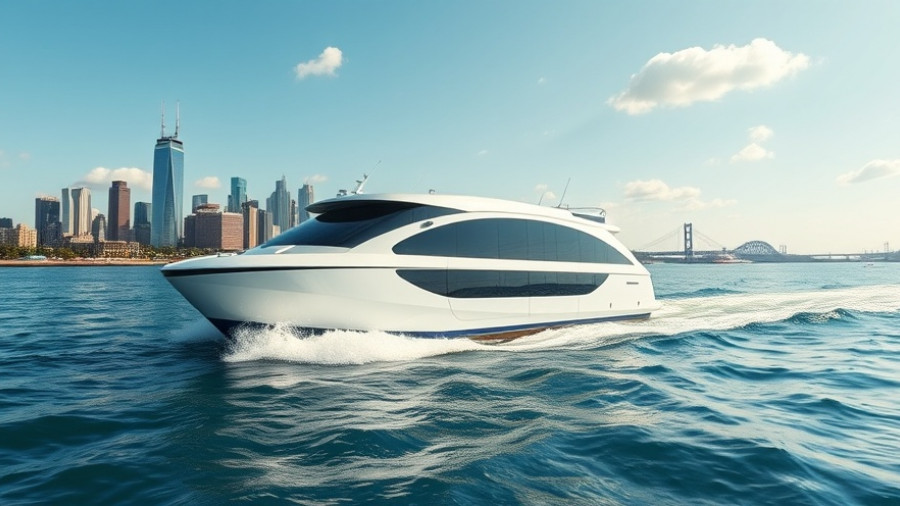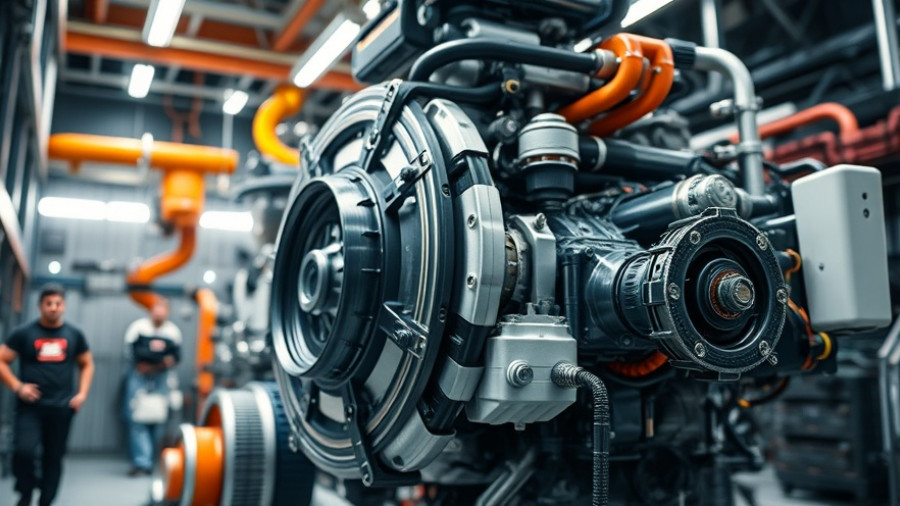
Davie Shipbuilding Eyes Major Expansion in Texas
In an ambitious move that could reshape the landscape of American shipbuilding, Canada’s Davie Shipbuilding has announced plans to acquire the shipbuilding assets of Gulf Copper & Manufacturing Corporation in Galveston and Port Arthur, Texas. This acquisition is more than just a business transaction; it represents a significant investment in the future of U.S. maritime capabilities.
Creating Jobs and Revitalizing Local Economies
Upon completion of the acquisition—expected by summer 2025—Davie plans to inject $1 billion into upgrading and expanding the shipyards. This transition could lead to the creation of approximately 4,000 jobs, split evenly between Gulf Copper and the broader supply chain. This potential job growth is vital, especially in a state where the maritime industry plays a crucial role in the economy.
A Vision for American Shipbuilding
James Davies, president and CEO of Davie, emphasized the mutual vision shared with Gulf Copper to transform Texas into a world-class hub for ship production. He stated, “Texas is ready to lead a new Golden Age of American shipbuilding—backed by our commitment to delivering ships on time, on budget, and in service of national security priorities.” This ambitious vision aligns with national priorities, such as the U.S. Maritime Action Plan and the Ships for America Act, aiming to revitalize U.S. shipbuilding.
The Importance of Icebreakers for National Security
Davie's move comes at a particularly crucial time. The United States is striving to enhance its fleet of Arctic-ready icebreakers, which are essential for maintaining freedom of navigation in polar waters. With only three such vessels currently serviceable, the U.S. government has made bridging this gap a top national security priority.
Russia's substantially larger fleet of nearly 50 icebreakers underscores the urgency of this situation. Davie is well-positioned to address these challenges with its production-ready icebreaker designs, which have proven to be commercially viable while meeting U.S. mission requirements. This situation highlights the geopolitical relevance of shipbuilding and maritime security.
Local and National Support for the Acquisition
The anticipated deal has garnered strong backing from various stakeholders, including governmental bodies in Washington D.C., local organizations, and the Texas state administration. This wide-ranging support not only signifies the importance of the transaction but also reflects a collective desire to foster local economies through revitalized shipbuilding activities.
Future Prospects: A New Dawn for Gulf Copper
According to Gulf Copper's CEO Steve Hale, the proposed acquisition will pave the way for complex shipbuilding to return to Galveston and Port Arthur. This development would breathe new life into an industry that has seen decline in the region over the years. There’s optimism that Davie’s vision can transform these shipyards into centers of innovation, thereby opening up numerous opportunities for employees and suppliers.
What This Means for the Shipbuilding Industry
Should the acquisition proceed smoothly, it will mark a significant move not just for Davie and Gulf Copper, but also for the entire shipbuilding industry in the U.S. It illustrates a commitment to local workforce development and building a strong national maritime capability. As facilities upgrade and technology advances, Texas could become a key player in global ship production.
The move to acquire Gulf Copper’s shipyards underscores a shifting paradigm in U.S. shipbuilding, emphasizing not only national security but also economic revitalization. The collaboration between Davie and Gulf Copper reflects a broader call for the U.S. to reclaim its position as a leader in maritime innovation.
 Add Row
Add Row  Add
Add 




Write A Comment